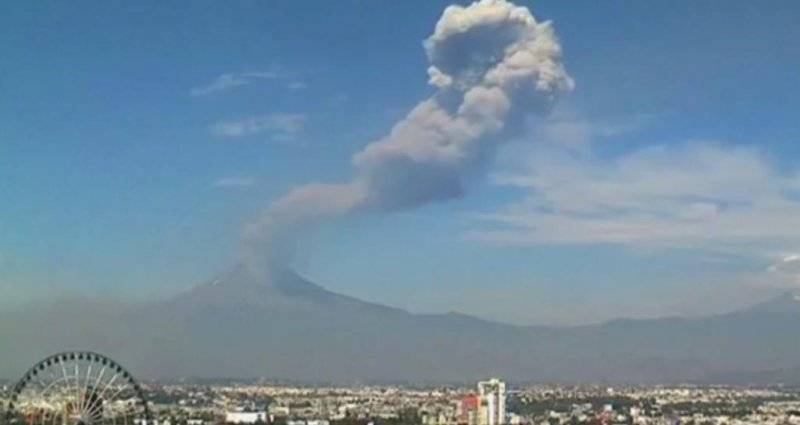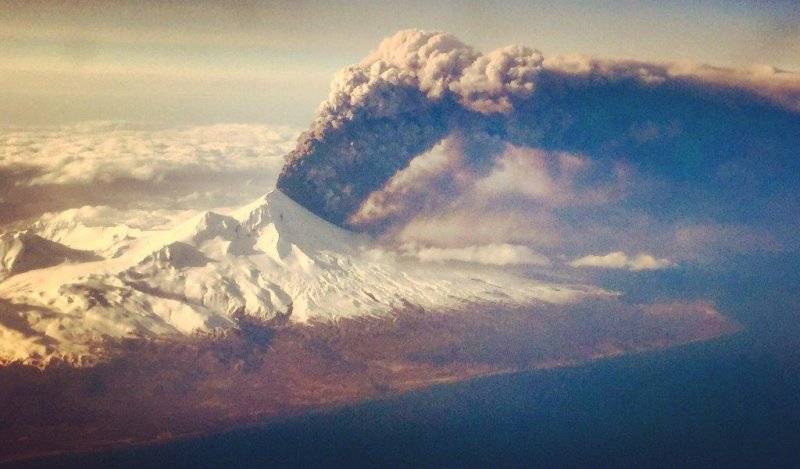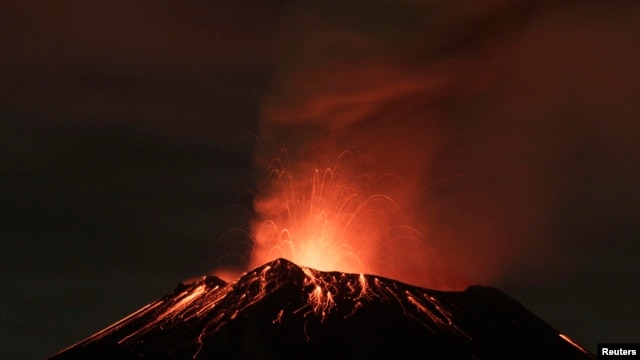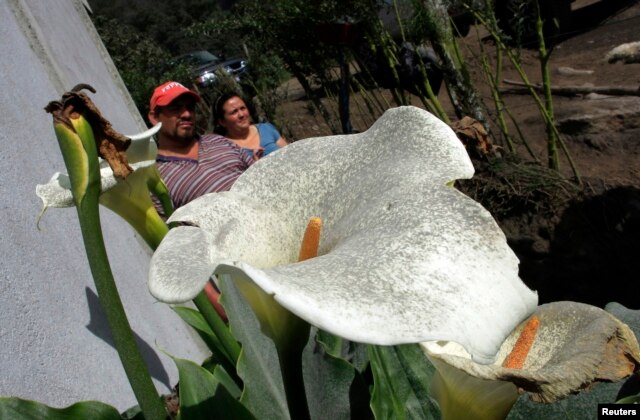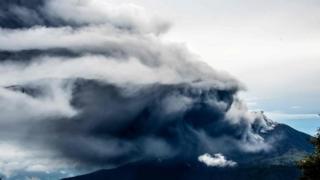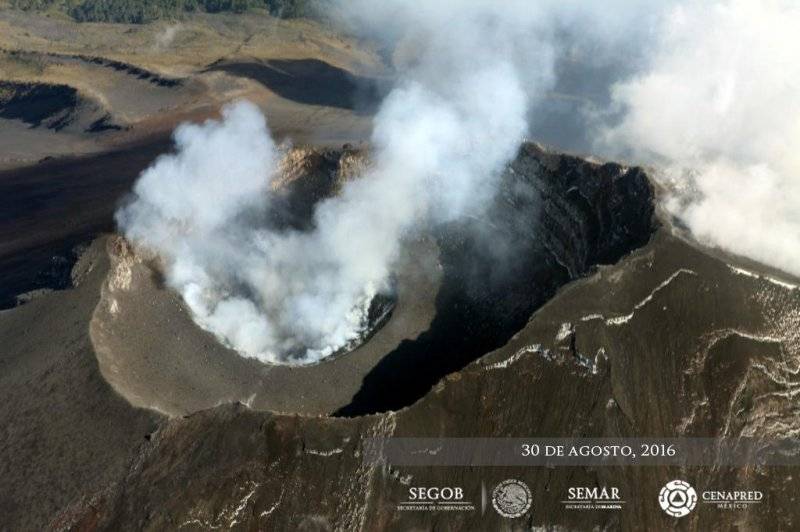Disir
Platinum Member
- Sep 30, 2011
- 28,003
- 9,606
- 910
The Colima and Popocatepetl volcanoes are seen shooting out ash and smoke high into the sky in stunning time-lapse videos.
Double Trouble As Volcanoes Blow In Mexico
And I can't upload it here so you have to use the link.
Double Trouble As Volcanoes Blow In Mexico
And I can't upload it here so you have to use the link.


